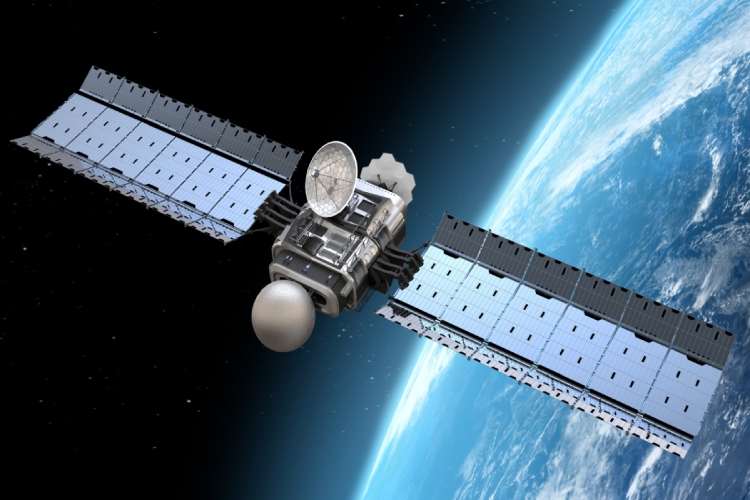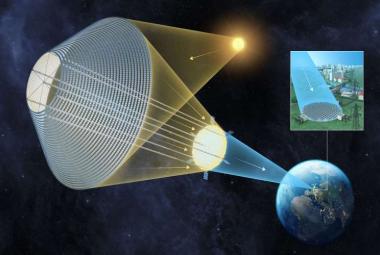Users will have the option to switch between non-terrestrial and terrestrial 5G networks without requirement of any additional hardware or alterations.
The Elon Musk founded spacecraft engineering firm SpaceX has finally launched the much-awaited satellite, dubbed The Groundbreaker, which will operate on the 5G cellular standard in the Low Earth Orbit (LEO). According to media reports, the world’s first 5G satellite aspires to bring international connectivity to Internet of Things (IoT) and transform the various ways in which industries operate throughout the world.
The company’s Falcon 9 rocket on Apr 15, 2023 unleashed to the skies from Vandenberg Space Force Base in California, carrying the 22-pound (10-kilogram) Sateliot_0 satellite. Reports also added that this first of its kind satellite over 250 planned spacecraft that will craft the Sateliot_X constellation network. Now, the point is what is the aim? To communicate with terrestrial cell towers and fill an 85 percent gap in mobile connectivity worldwide, claims Times Now Science Desk.
This amazing venture has been spearheaded by Sateliot, which is a Spain based company and to offer a trouble-free network, it merged terrestrial cellular telecom with satellite connectivity. It is widely expected that this technology will transform the efficacy of various industries and the applications span private and public sectors, including transportation. With the assistance from the Sateliot_X constellation, users will have the option to switch between non-terrestrial and terrestrial 5G networks without requirement of any additional hardware or alterations.
This seamless technology is speculated to spearhead to boost the international IoT adoption in a large-scale manner. Experts added that as the constellation gets bigger, after every 90 minutes, every satellite will orbit the earth, providing coverage areas three times almost the size of Texas. With sales already exceeding $1.3 billion, Sateliot is poised to make a significant impact on global connectivity, added TN Science Desk.
When media approached the company, they were yet to proclaim a final date for the launch of their upcoming satellite, but a clue can be discovered on their upcoming mission page, which shows an image of a SpaceX Falcon Heavy liftoff.















